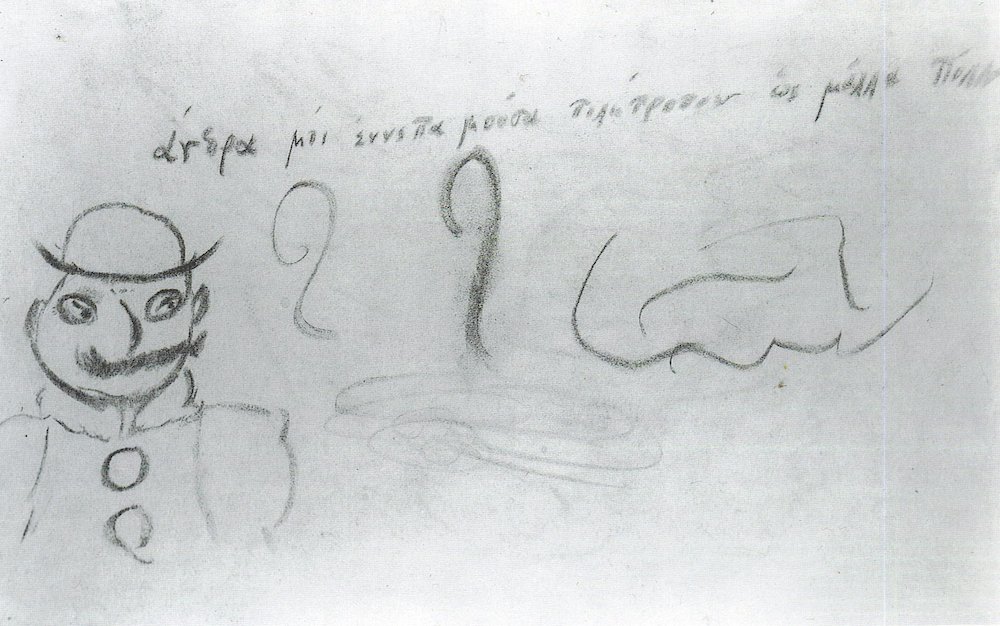Frank Lloyd Wright’s Fallingwater is a “house museum,” first designed as a residence, and now open to the public. In fact, as the institution’s director Justin Gunther explains in the Open Space video above, it’s “the first house of the modern movement to open as a public site,” having begun offering tours in 1964. The openness of Fallingwater owes a great deal to the efforts of Edgar Kaufmann Jr., the son of the Pittsburgh department-store magnate who commissioned the house in the first place. The family happened to own a piece of land in southern Pennsylvania that was once an employee retreat, and Kaufmann fils, high on a reading of Wright’s recently published autobiography, knew just who should design a weekend home for the site.
Not that it was a simple process, even for the son of a tycoon. But luckily, “Frank Lloyd Wright had just established an apprenticeship program at Taliesin.” The young Kaufmann applied, “and of course, Frank Lloyd Wright, knowing who the Kaufmanns were, could sniff out a good potential client.”
Soon accepted, Kaufmann spent about six months studying under Wright, during which time his visiting parents also became “enamored with Wright’s ideas of organic architecture.” No other living architect, perhaps, could deliver on the promise of a house fully inspired by its natural context, which in this case included a waterfall. Still, one wonders if even his most eager clients understood just what they were getting into.
“The Kaufmanns thought that they were going to have a house that was looking at the falls, and then, of course, Wright had different ideas. He thought that if you put the most dramatic part of a landscape in your view constantly, it would become something that’s tiresome. You would just become used to it.” But “if you were forced out into the landscape to see it, then it would always have an impact.” Built atop the waterfall instead, by local laborers and using stone quarried right there at the site, the house makes a unique impression, and one that makes perfect aesthetic sense: as Gunther puts it, “the waterfall can’t live without the house, and the house can’t live without the waterfall.” Nor, these nearly nine decades after the main building’s completion, is the course of American architecture quite imaginable without Fallingwater.
Related Content:
How Frank Lloyd Wright Became Frank Lloyd Wright: A Video Introduction
130+ Photographs of Frank Lloyd Wright’s Masterpiece Fallingwater
An Animated Tour of Fallingwater, One of Frank Lloyd Wright’s Finest Creations
Inside the Beautiful Home Frank Lloyd Wright Designed for His Son (1952)
A Beautiful Visual Tour of Tirranna, One of Frank Lloyd Wright’s Remarkable, Final Creations
Based in Seoul, Colin Marshall writes and broadcasts on cities, language, and culture. His projects include the Substack newsletter Books on Cities and the book The Stateless City: a Walk through 21st-Century Los Angeles. Follow him on the social network formerly known as Twitter at @colinmarshall.



